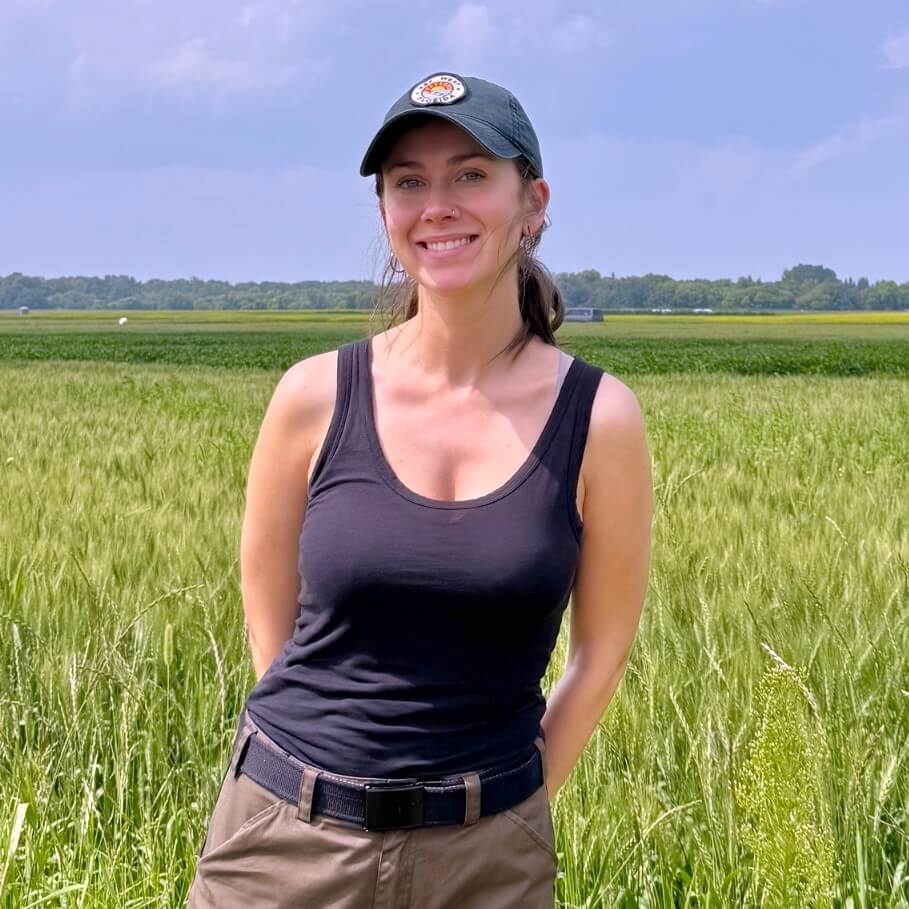Empathy versus apathy: our perception of (micro)plastics in different environments
Close your eyes and think about plastic pollution for a moment. What environments come to mind? What animals affected do you visualise?
I would guess that most of us probably think of polluted oceans. Images of beaches with plastic bottles and bags, fish and turtles tangled in plastic waste, seabirds with microplastic in their bellies. Maybe we also have this instinctive feeling that the oceans are the main victim of plastic pollution – that’s at least what I thought for many years.
Now, let’s do the same experiment with plastics in soil.
What images do you think of?
What do you feel when you think about it?
For many people, myself included a few years ago, the answer is: not much. No vivid pictures, no strong emotions. The ocean stirs anger and sadness, but soil pollution often leaves us indifferent.
But why is that?
Maybe you have already guessed the answer to the first questions – it’s emotions.
We feel more connected to the sea than to the ground beneath us. Oceans are tied to holidays, hobbies, and charismatic animals we care about.
Soil, on the other hand, is rarely portrayed in a positive light. It’s often dismissed as lifeless ‘dirt’, home to creatures most people don’t find cute or relatable.
But that’s not the only thing. It is also the way plastic pollution in the ocean is communicated. Visuals, like images, have a strong impact on us. They can trigger emotions and as a result make information more memorable.
The world has been flooded with shocking images of marine plastic pollution, but not of soil.
Few people have seen pictures of microplastics embedded in earth, even though soils act as a massive sink for plastics. In fact, estimates suggest that microplastic pollution in soils is 4 – 23 times higher than in the ocean. A significant amount, yet this issue beneath our very feet is not talked about much and many aren’t even aware of it.
This imbalance matters. The way plastic pollution is presented – and the emotions it evokes – shapes how much we care, and ultimately, how much we do about it.
Apathy over empathy is the theme of plastics in soils.
This needs to change.
I believe it’s possible to turn things around and make soil matter more. The first step is to rebuild our connection with it. Everything we cherish – our favourite landscapes (forests, grasslands, deserts), food, clothes, medicines, energy – it all depends on healthy soils. They aren’t dirt, they are life supporting ecosystems. And if (micro)plastic threatens them, they threaten all things we cherish and need too.
Conclusion: All environments matter
The ocean has become the face of plastic pollution because it gives us something to see, something to feel. Soil, by contrast, is silent and hidden, yet it holds far more plastic than the sea. If we want to change the story, we need to change how we see soil: not as life-less background, but as a living system that sustains everything we depend on. By learning to feel for it we can turn apathy into empathy.

by Julia Feeth
PhD Candidate at the University of Sydney, Australia
